Why worry?
Collisions involving young drivers have been a worldwide road safety and public health concern for decades. The crash, death and injury rates during the teenage years are four times higher than for older drivers. Teenagers between the ages of 16 and 19 are more likely to die or be injured as a result of motor vehicle crashes than for any other cause.
Many teenagers also die as passengers in motor vehicles. Statistics indicate that, of deaths of 16 – 19 year olds in vehicle collisions, 60% were drivers, 40% were passengers.
Young drivers are over-represented in road crashes because they are:
Inexperienced – their search and scan abilities are less developed so they are less aware of hazards in the environment and take longer to respond
lack the necessary driving skills and capacities – they encounter difficulties in dividing their attention across several tasks, are less likely to use mirrors
Their attitudes and behaviors result in risky driving – they overestimate their own capabilities and may be more likely to indulge in sensation seeking and risk taking behaviors.
Insurance
Your insurer requires that they be notified of all the licensed drivers in the household.
Most automobile insurance companies do not apply any additional charges for occasional operators with a G1 license. Depending upon the number of vehicles in the household and the number of drivers; the newly G2 licensed driver can be rated as either an occasional operator or principal operator of an insured vehicle. If they are rated as an occasional operator the rate will be calculated on the highest rated vehicle in the household. Automobile Insurance companies provide premium discounts for MTO approved beginner driver education/training programs.
To qualify the insurers require that the original signed certificate, confirming successful completion be provided.
To accumulate additional “years driving experience” credit you must hold a full G license and be at-fault accident free.
NOTE: One minor conviction can increase your premium by approximately 10%, an at-fault accident can often double it!
How do Parents help?
Parental restrictions on teen driving are common and effective.
There is no hurry – early licensure is a risk factor by itself in teen crash rates and anything that delays it can be viewed as protective.
Late night driving increases crash risk among young drivers for a variety of reasons: the driving task is more difficult; many newly licensed drivers will have had less driving practice at night; fatigue – though a problem for teens at all times, may be more of a factor at; and recreational driving is more likely to take place at night and is more likely to involve alcohol use.
Alcohol impairs driving behavior for people of all ages. Teenagers drink and drive less often than adults but their crash risks are higher when they do drink. This is probably due to young people’s relative inexperience with drinking, with driving and with combining these two activities.
A night curfew prohibits young people from driving during late night hours when crash risk is highest.
Having passengers in the vehicle creates a social system that can affect driving behavior. The crash risk for teenage drivers increases exponentially with one, two or three or more passengers (particularly male passengers). With three or more passengers the crash risk is about 4 times greater than when driving alone.
Consider Imposing limits when it comes to teen passengers!
• As an insurance broker, we work for you. We welcome your questions.
BY KIM PHILPOTT R.I.B., C.A.I.B.
STAEBLER INSURANCE




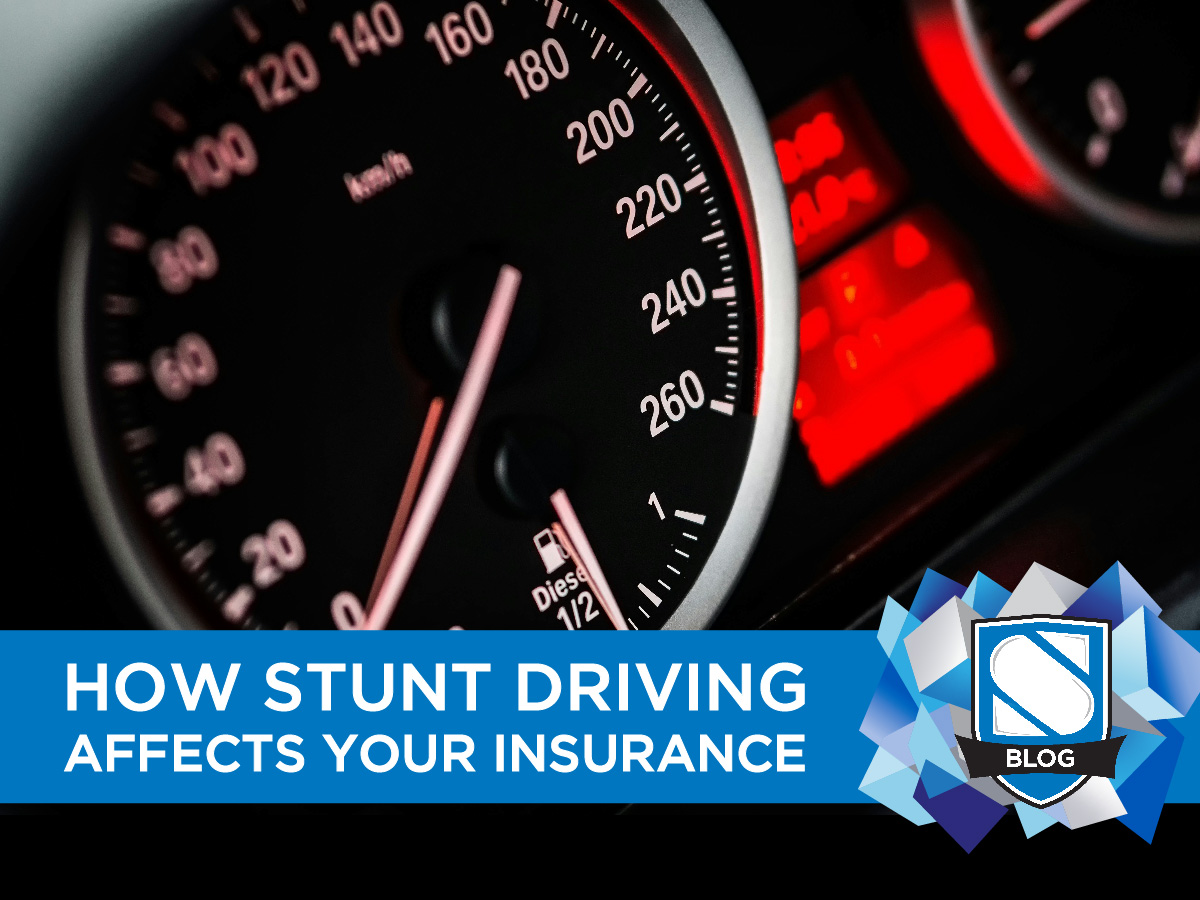
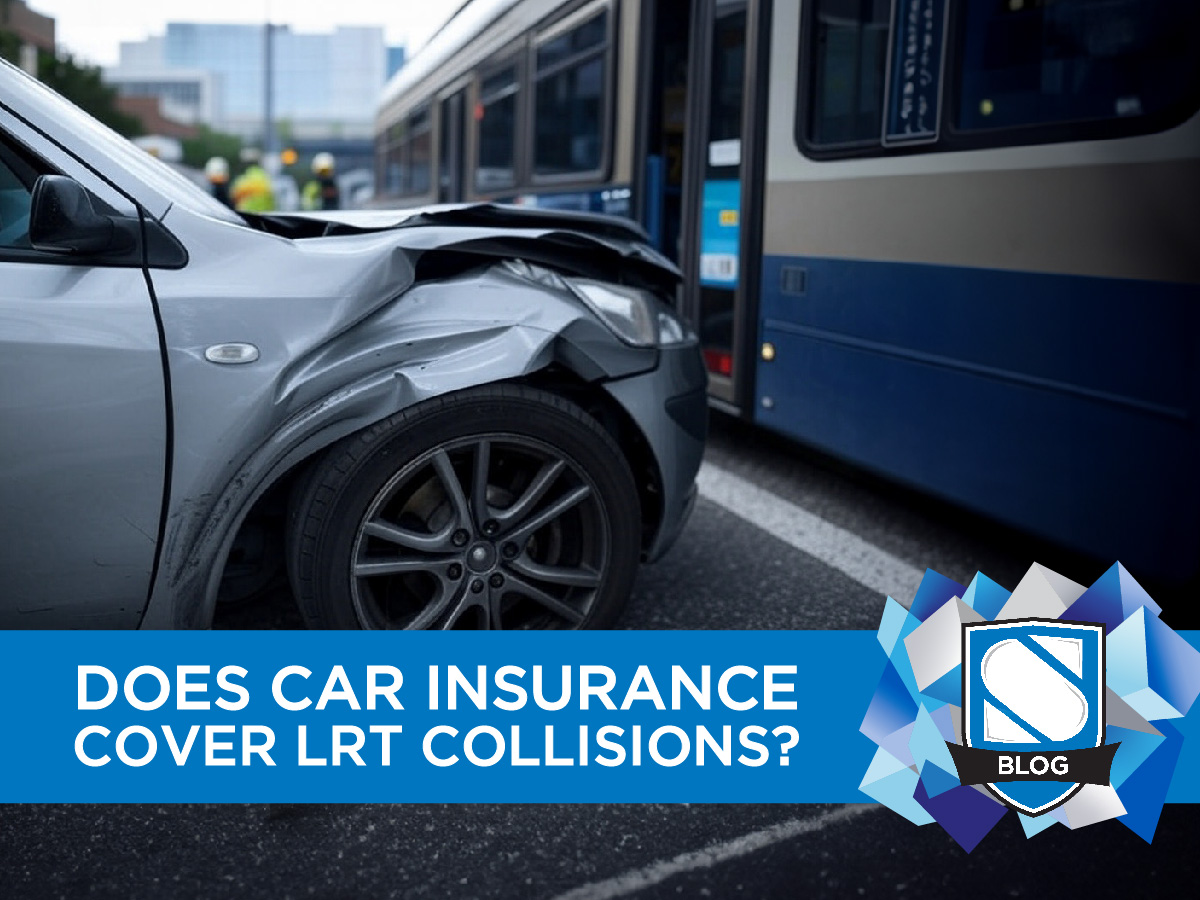

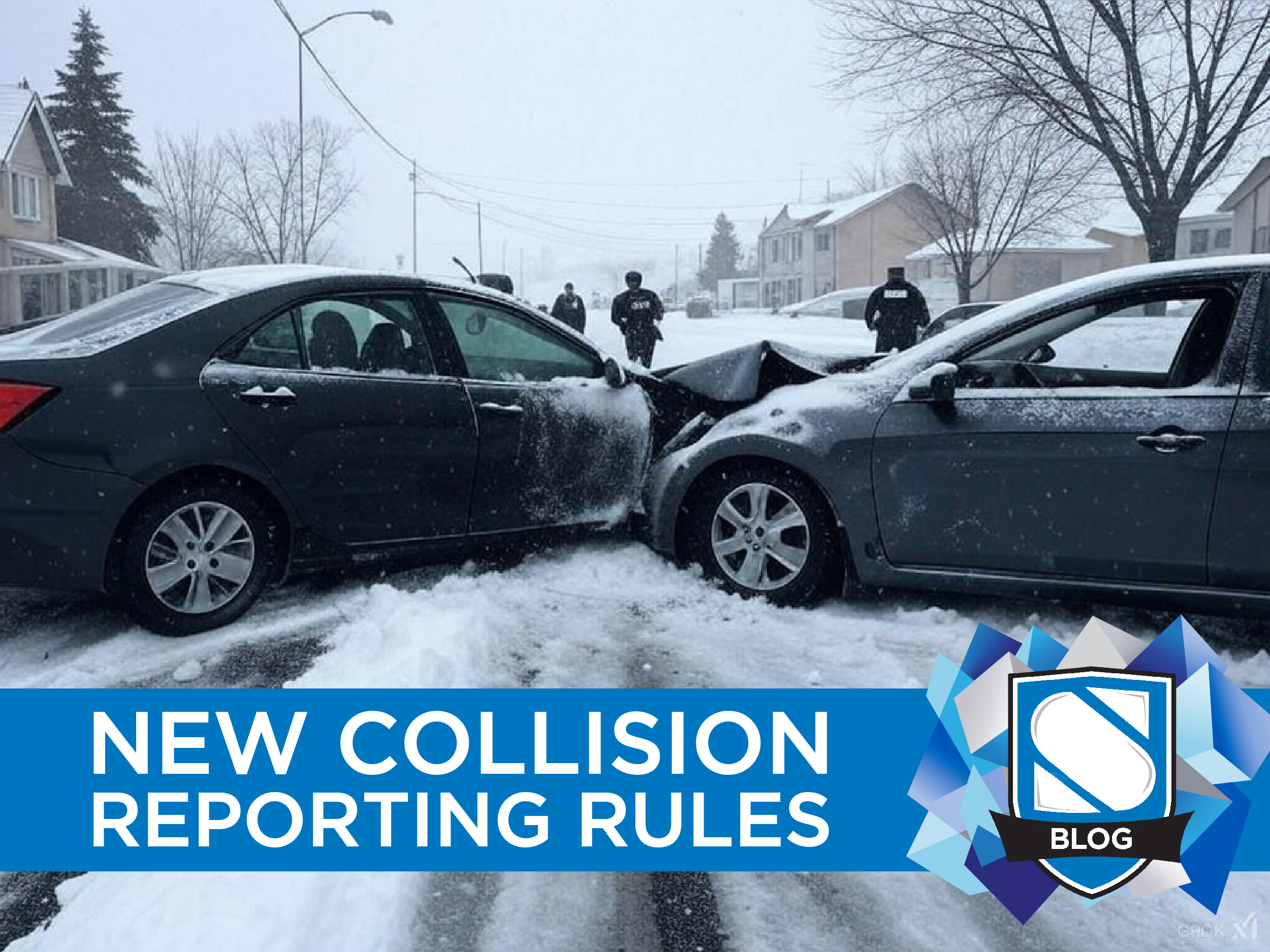


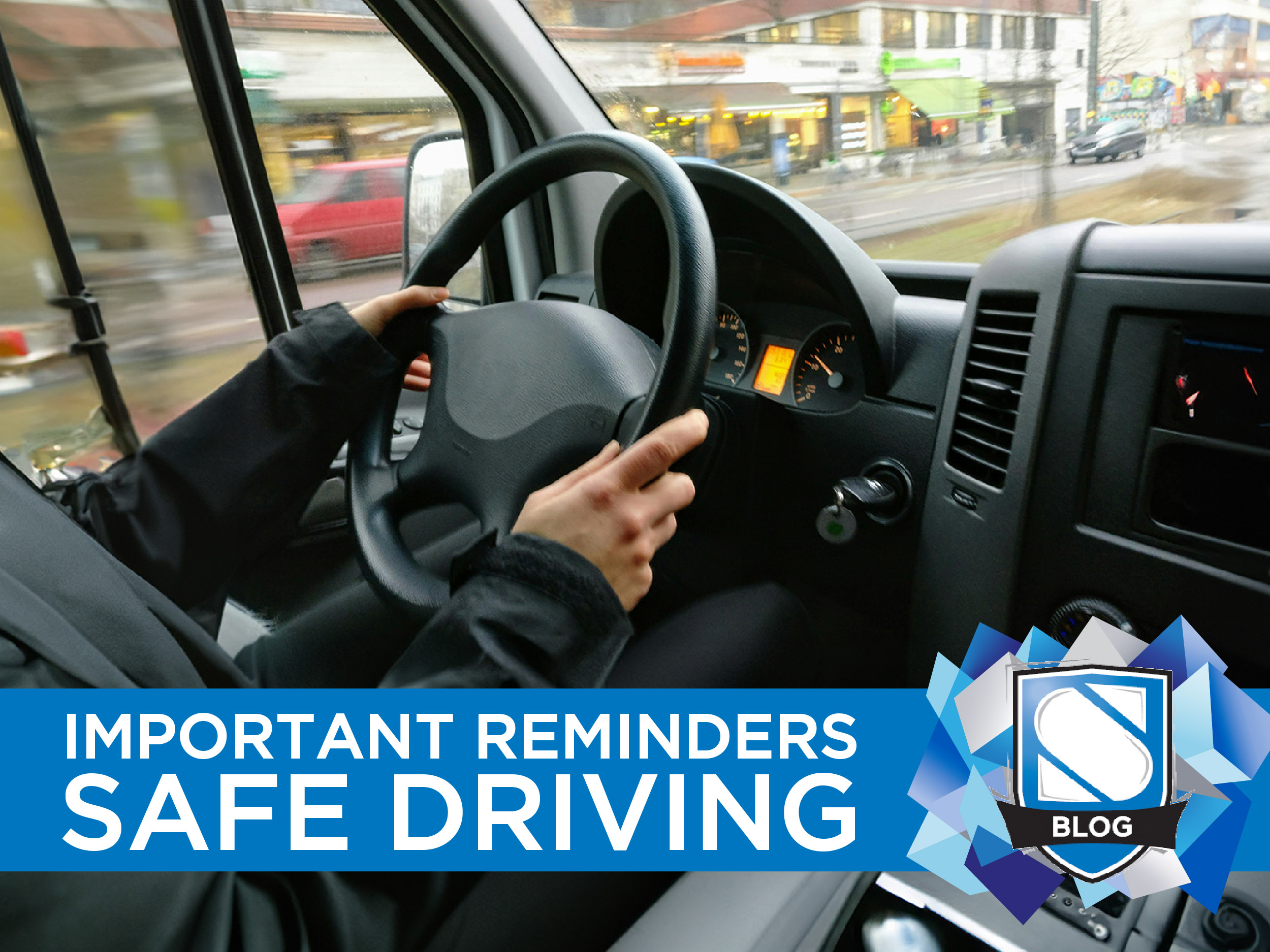
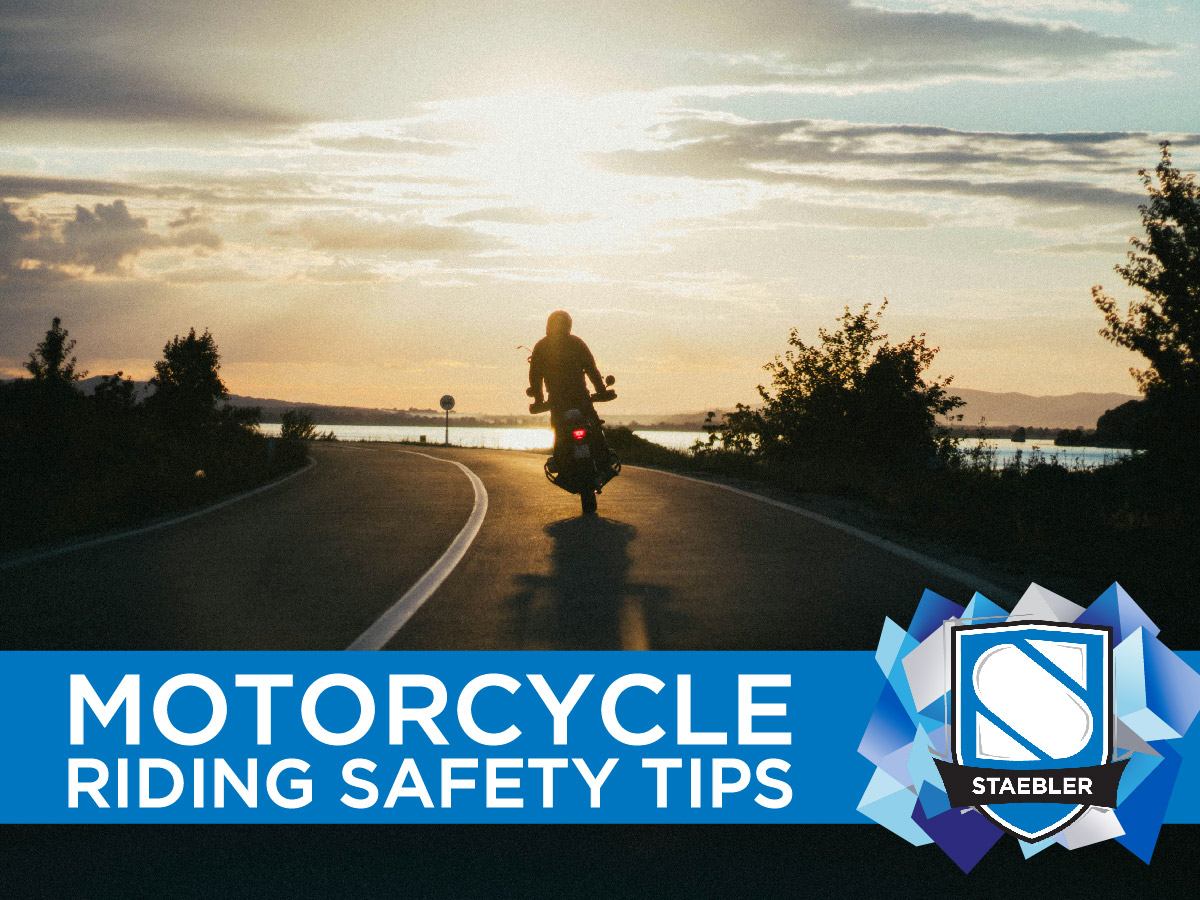
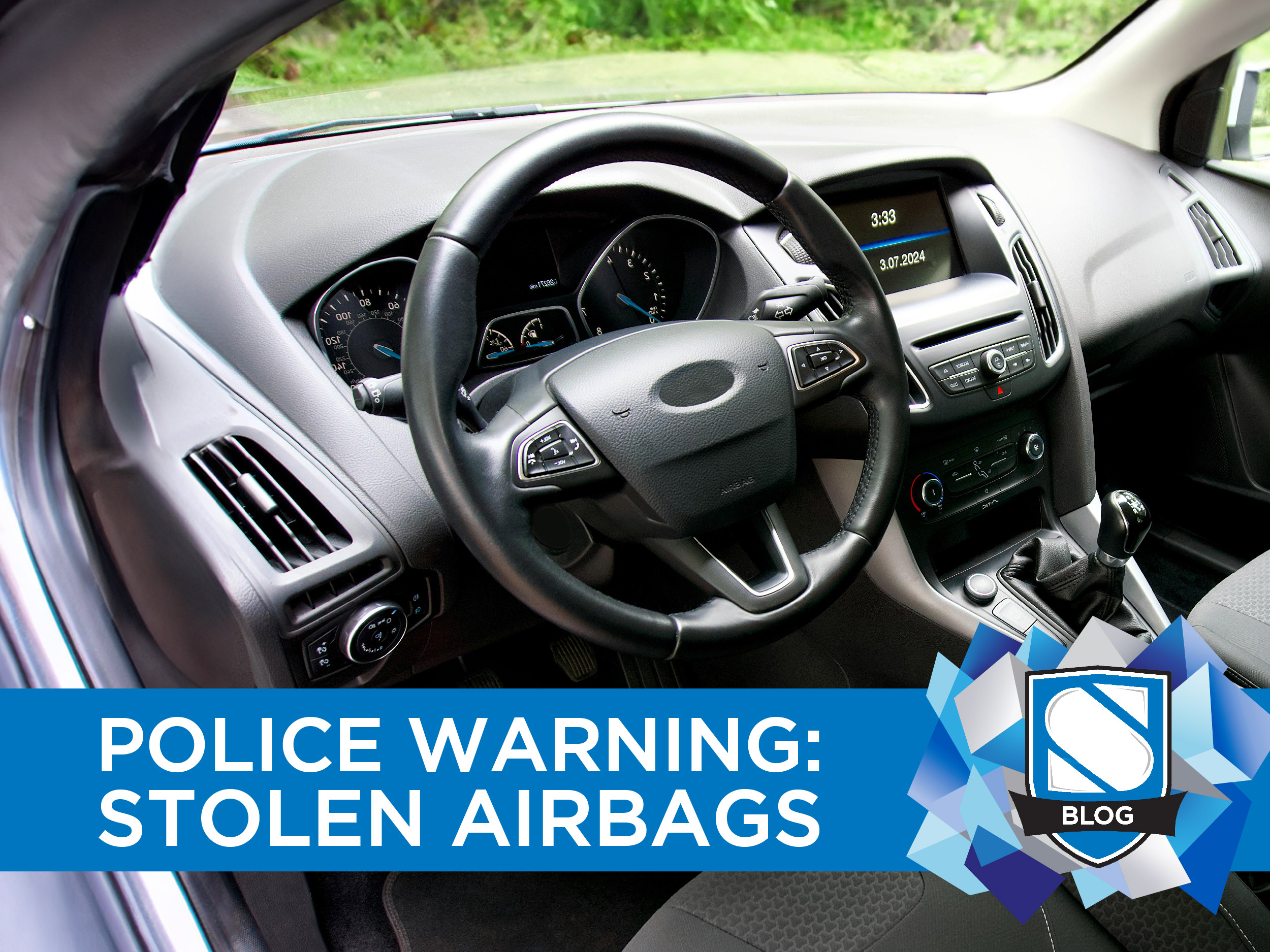
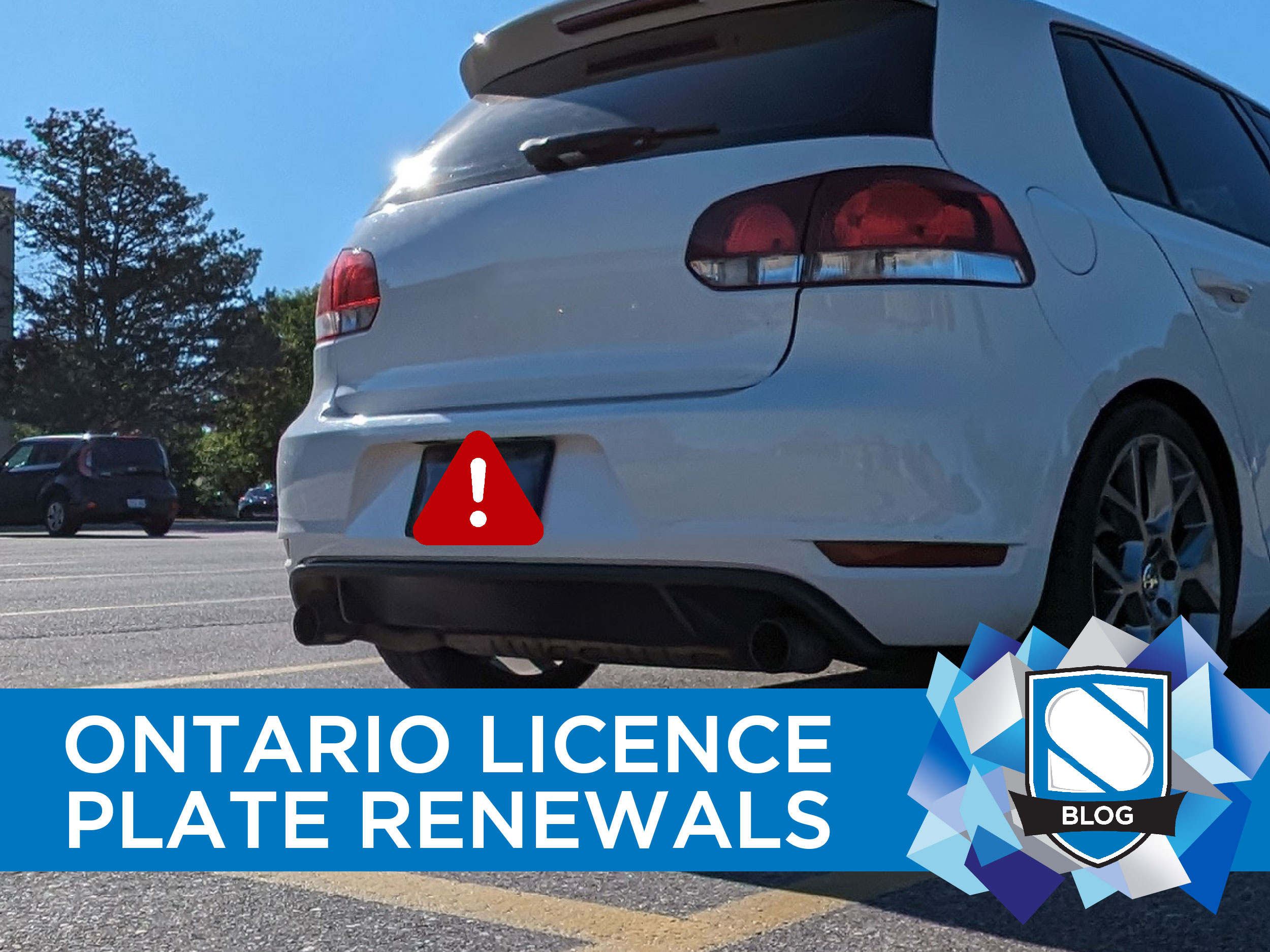
0 Comments